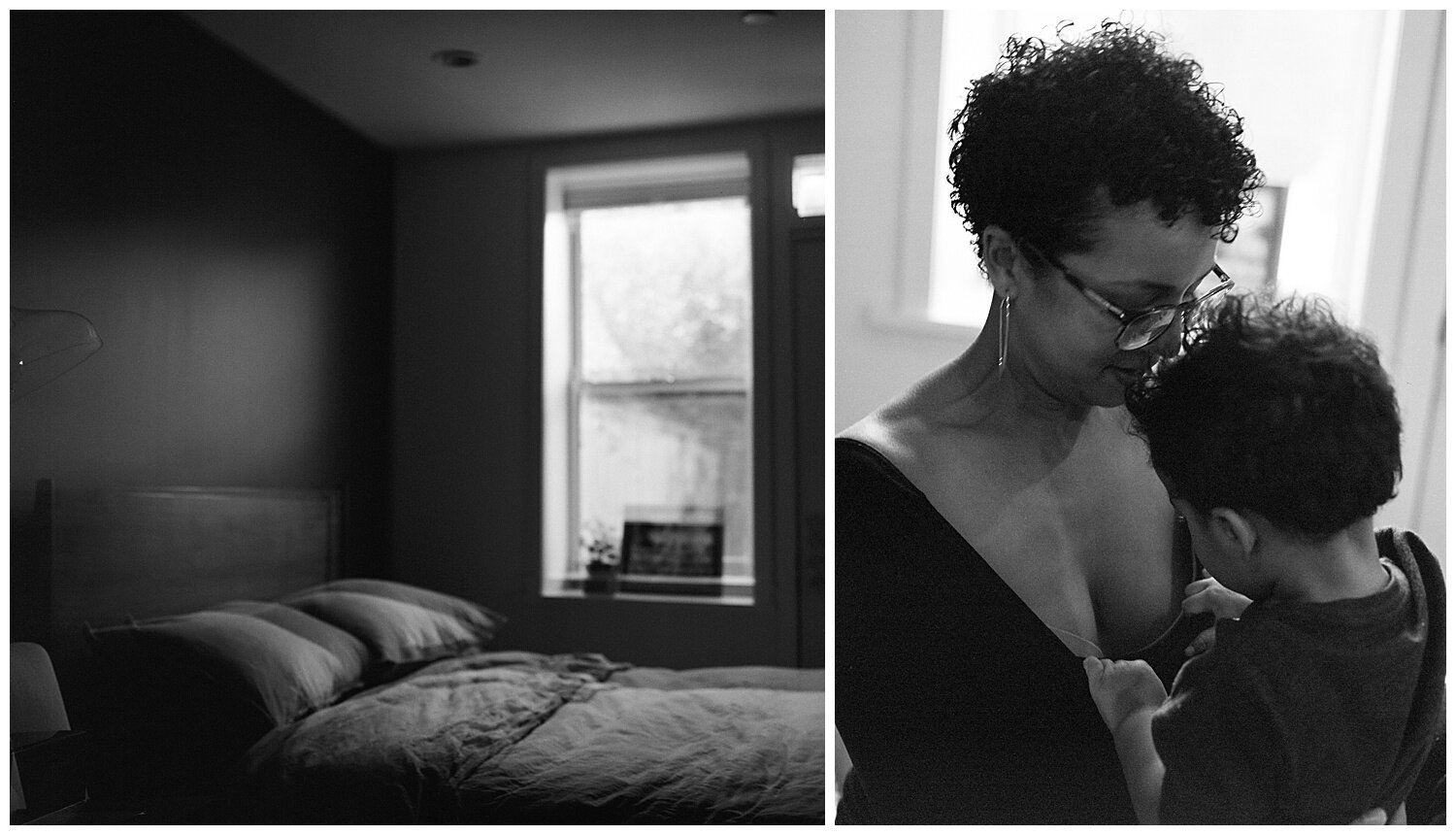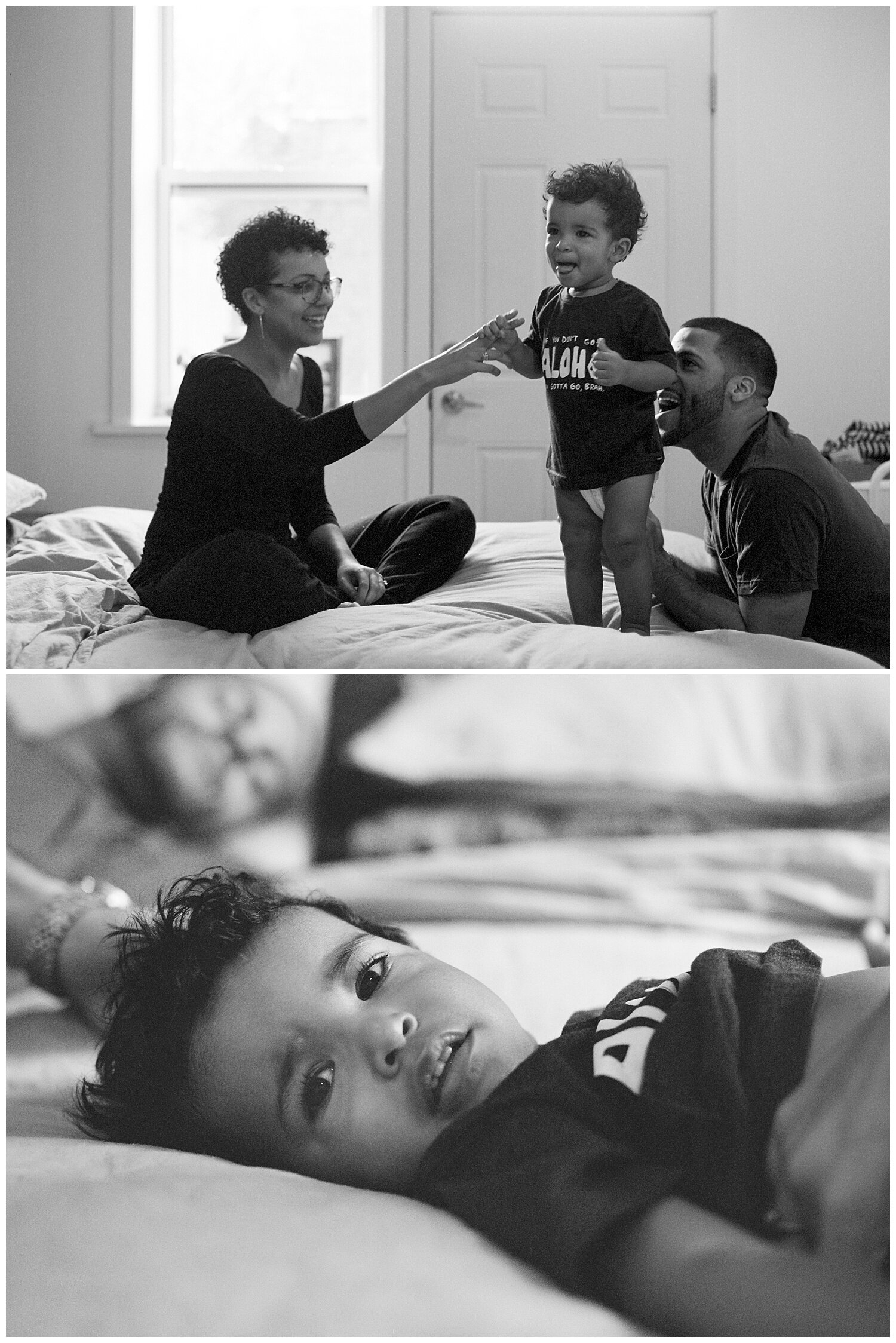Modesty and Vulnerability
As a high school teacher, part of my job was enforcing dress code. It was really not my favorite at all. It was probably the confrontation—and I knew that I was making girls uncomfortable and self-conscious if I critiqued the inches of their shirt or shorts or questioned if their pants were REALLY PANTS if they didn’t have back pockets.
There’s a lot of nuance to dress code, and I’m actually a fan, in some ways—I think the way we prepare our bodies for the day affects our attitude towards our work in a big way.
But I’m getting older and everything that used to be black-and-white is getting a little more grey. And in reference to modesty, I think we can hear that statement at least two different ways.
The way we ask students to prepare their bodies for the day affects their attitude towards their work—in a big way.
The way we ask students to think about their bodies affects their attitudes towards their bodies—in a big way.
I don’t have a thesis statement or a conclusion, but I have a thought—maybe all the years I thought I was modest, I was actually afraid of being vulnerable. And separating those two ideas is the work I really need to do. Turtlenecks can be vulnerable or fearful. Bikinis too.
When I was seven, I cut the back of my thigh on a license place and got seven stitches on a wound that was probably four or five inches long. The scar was as gnarly as you’d guess. A few months later, when getting ready for a swim party, I put on a pair of shorts. My dad asked me why—to cover the scar while I swim, I said.
“Hey, if you take off the shorts and swim just in your swimsuit, I’ll buy you a milkshake after.”
Can you count the layers of impact?
I’m a work in progress, and I’ll work with your progress, too.

